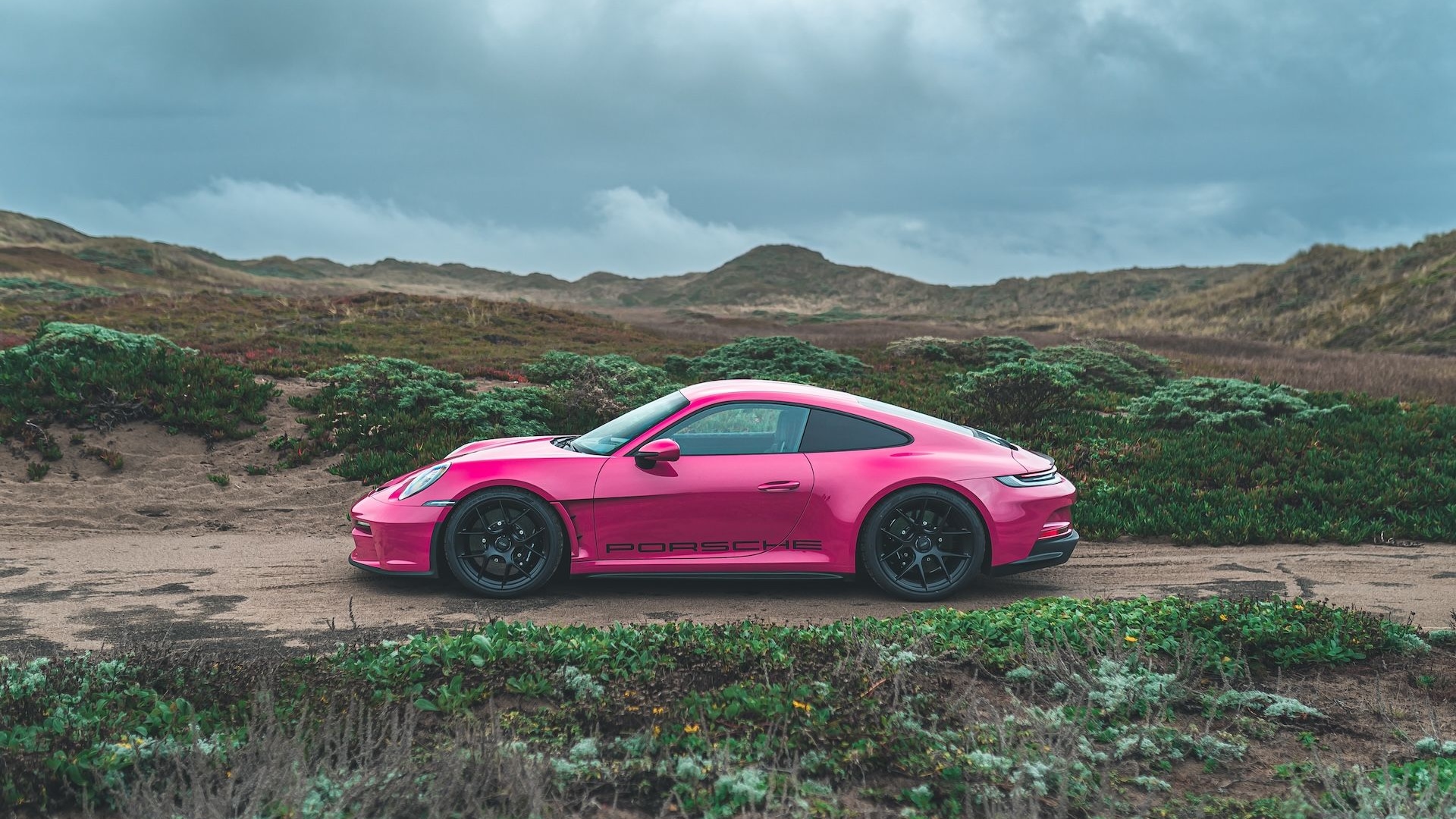The Porsche 911 isn’t the first car that comes to mind when the snow starts flying, even in Carrera 4 form. Worse, Sweden in winter is damn cold, even for those who embrace winter outdoors instead of hiding from it inside. Besides, driving on ice, at lower speeds, can’t possibly be as much fun as hot-lapping on as asphalt racetrack.
Or can it? As Harris tells it, the lack of physical boundaries, coupled with ample run-off area, give you the freedom to try things you’d never dare on most tracks or rally courses. As for speed, there’s still plenty available, thanks to specially-designed studded winter tires.
Winter tires, it turns out, are far more complex an issue than most drivers realize. Brands like Pirelli, Carlisle and Michelin turn out all kinds of specialized products, including rally tires optimized for snow, or ice, or snow and ice, or even snow, ice and pavement.
Once you get the issue of tread width (narrow is faster than wide here) and tire compound sorted, then there are the number of studs, the length of studs, the placement of studs and even the stud material to consider.
Though the average driver will never be faced with such choices, there’s no denying that proper winter tires (not just all-season radials) deliver a huge advantage on snow, ice and even cold pavement. If you love driving and have the proper training and equipment, winter can be a season of opportunity instead of a season of fear.
While hooning it up on a frozen Swedish lake may not be our ideal vacation, we can certainly see its appeal. If you face winter driving with apprehension, a winter driving school (and there are plenty to choose from in the U.S.) may be just what you need to change your outlook.


